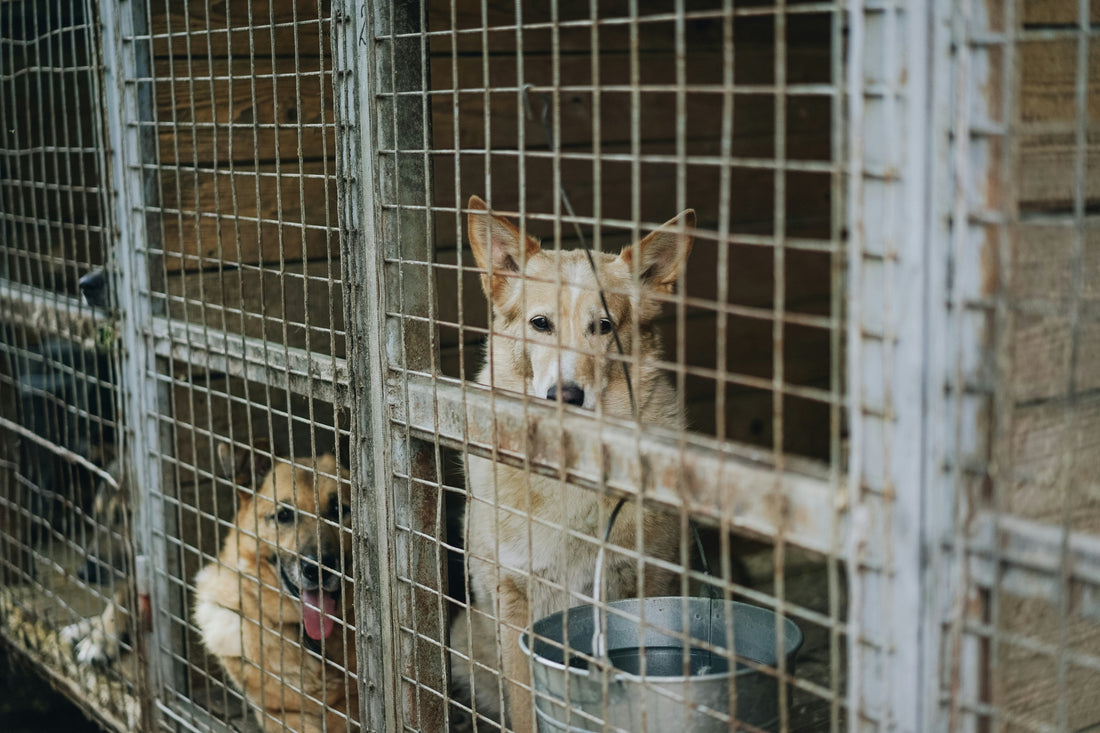
Distemper
Share
Distemper is a serious, highly contagious viral disease that affects dogs and other animals such as ferrets, foxes, raccoons, and big cats. In dogs, it’s caused by the canine distemper virus (CDV), which is closely related to the human measles virus.
Much like Parvo, this is another disease that is hardly seen in first world countries, thanks to successful vaccination programs. However, in countries where poverty and education are a challenge, the virus thrives and is readily experienced by welfare workers and veterinarians.

Cause:
- Canine Distemper Virus (CDV), a paramyxovirus.
Transmission:
- Spread via aerosol droplets, saliva, urine, faeces, and nasal discharge.
- Also spread by shared food and water bowls.
- Very contagious, especially in puppies and unvaccinated dogs.
Signs and Symptoms:
- Early symptoms (systemic phase):
- Fever
- Lethargy
- Loss of appetite
- Discharge from eyes and nose
- Coughing
- Gastrointestinal symptoms:
- Vomiting
- Diarrhea
The above symptoms are not very specific or pathognomonic, and so at this stage of the disease, the diagnosis is often missed perpetuating the contagion cycle.
- Neurological symptoms:
- Muscle twitching, especially the masseter muscles
- Seizures ("chewing gum" fits)
- Ataxia (loss of coordination)
- Paralysis
- Chronic signs:
- Hardening of nose and footpads ("hard pad disease")
- Dental enamel defects in puppies
Diagnosis:
- Based on clinical signs, history, and lab testing:
- PCR (Polymerase Chain Reaction) testing
- Bloodwork (often shows lymphopenia)
- CSF analysis in neurological cases
- A snap test exists for actively infected cases making the diagnosis easier in a field situation.

Prevention:
- Vaccination is key!
- Puppies: initial vaccines start at 6–8 weeks, boosters every 3–4 weeks until 16 weeks of age, 3 inoculations are necessary for effective immunity.
- Adults: regular boosters depending on vaccine type and region.
- Quarantine infected animals.
Once a facility has become infected, it takes numerous disinfecting cycles before it is deemed safe again. Many welfares and veterinary clinics have regularly had to close their doors for a few weeks, to prevent further spread. This is a great loss to the community they serve.
As a result many welfare facilities will opt for euthanasia, even for the mildly affected cases, rather than attempting treatment.

Treatment:
- No specific antiviral treatment.
- Supportive care:
- Fluids
- Antibiotics (to treat secondary bacterial infections)
- Anti-seizure medication
- Nutritional support
- Isolation to prevent spread
Prognosis:
- Varies from full recovery to death.
- Puppies and adult showing neurologic cases often have a poor prognosis.
- Some dogs may survive but be left with permanent neurologic deficits.
Education and welfare work is key in attempting to eradicating, or at least controlling this devastating disease.
In many poor or underserved communities, education about dog vaccinations is not just a matter of animal health—it’s a vital public health issue. Understanding and promoting dog vaccination can improve human health, protect livelihoods, relationships and create safer, more compassionate communities.

